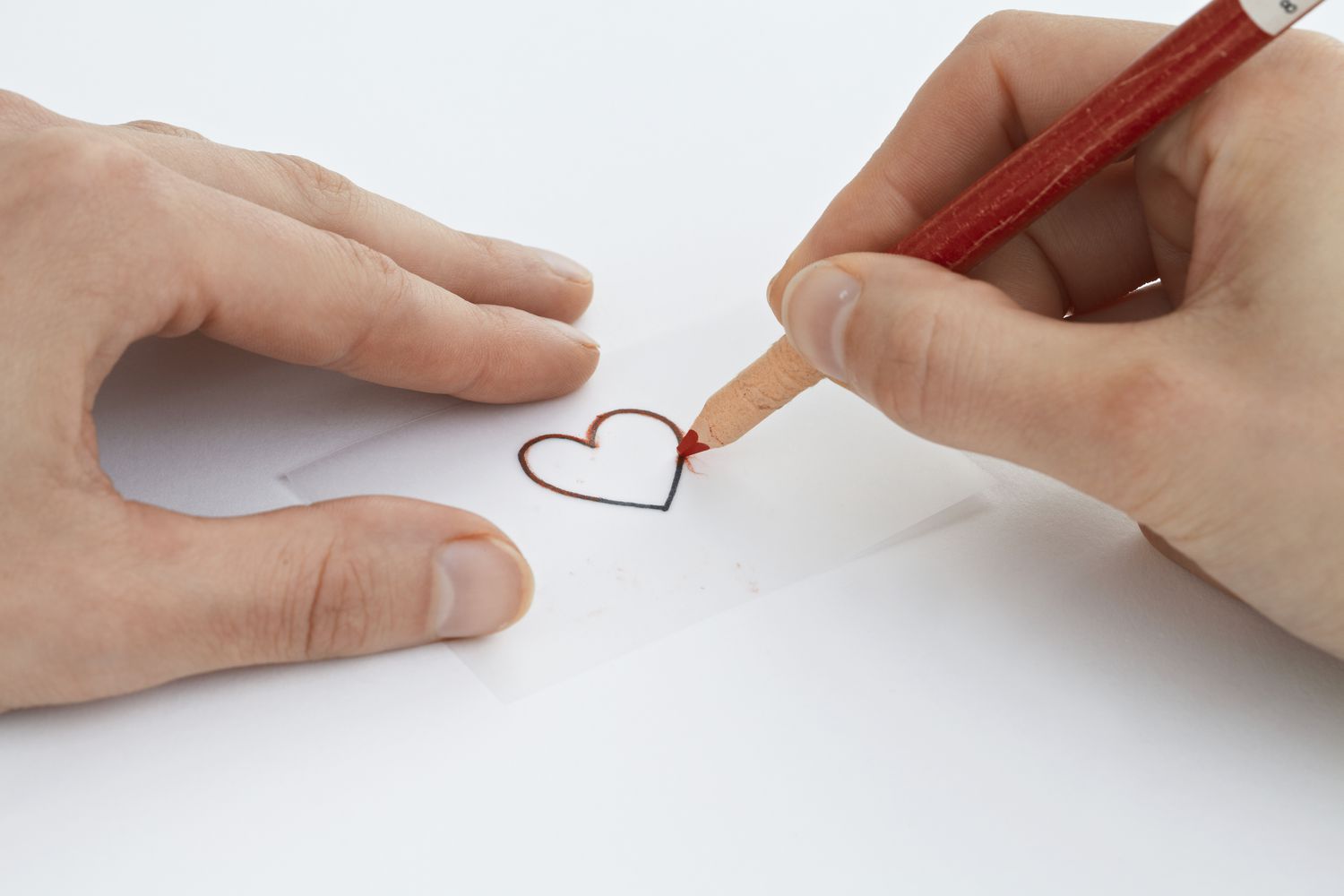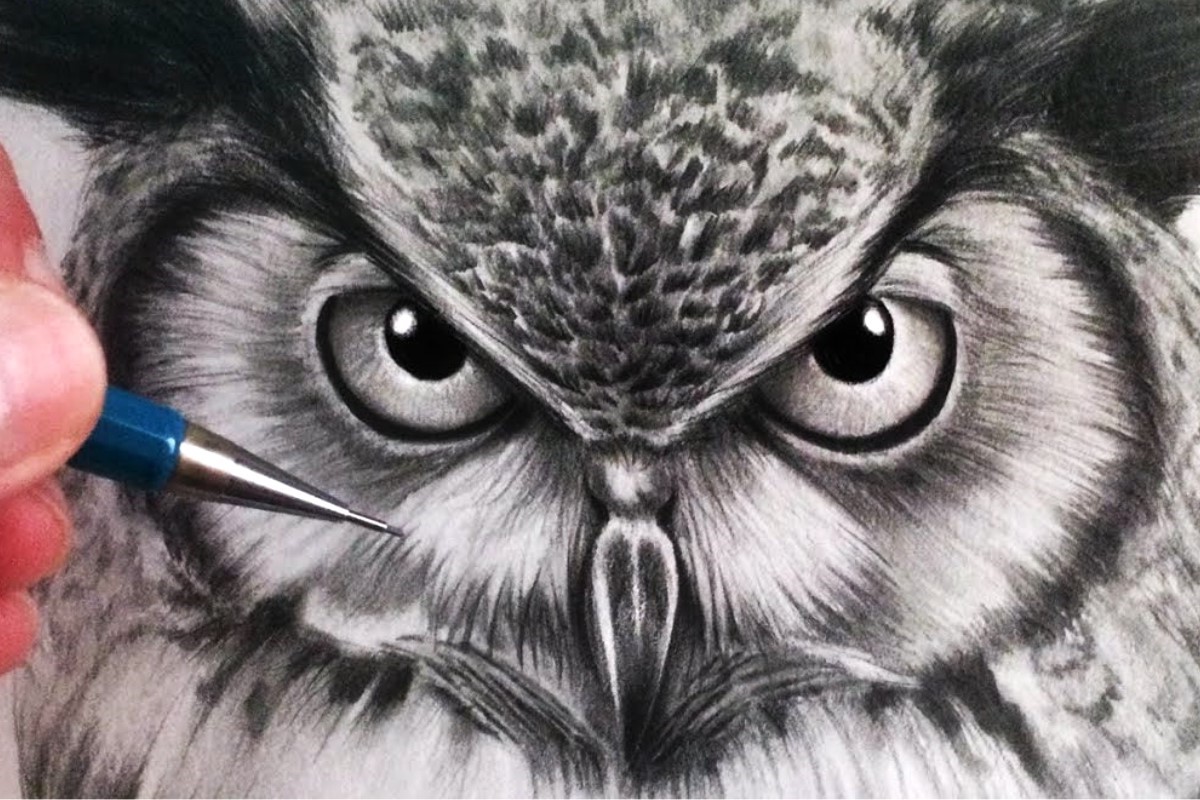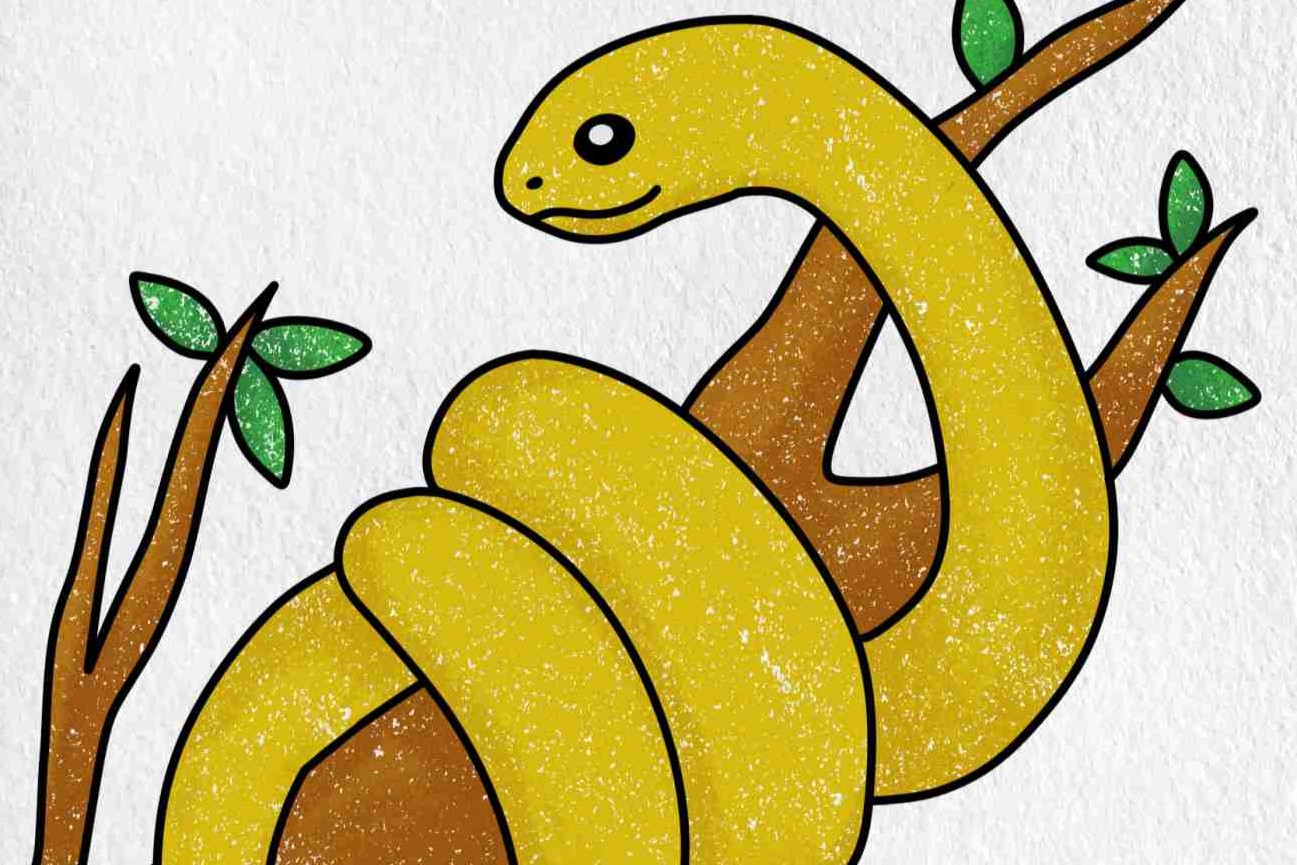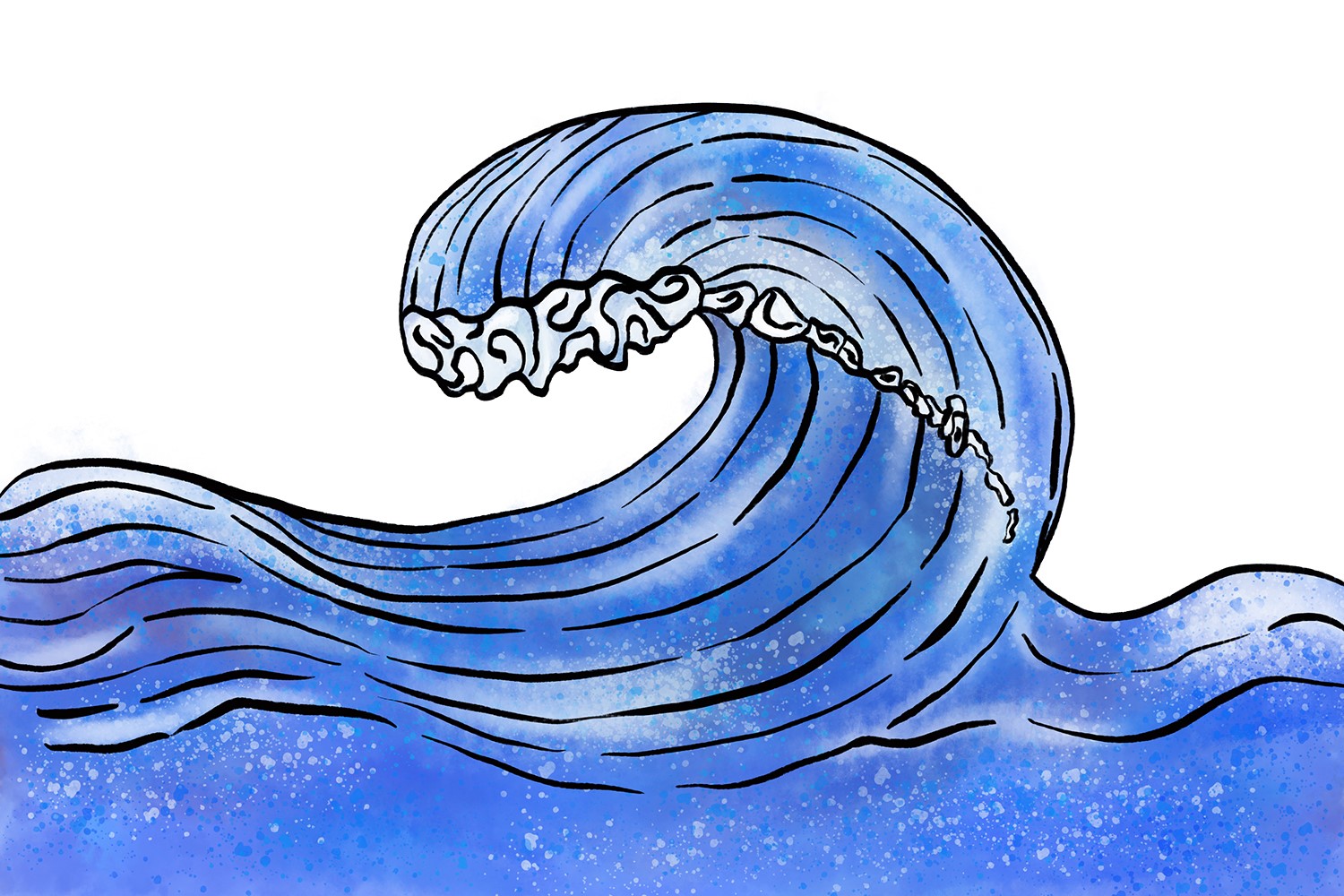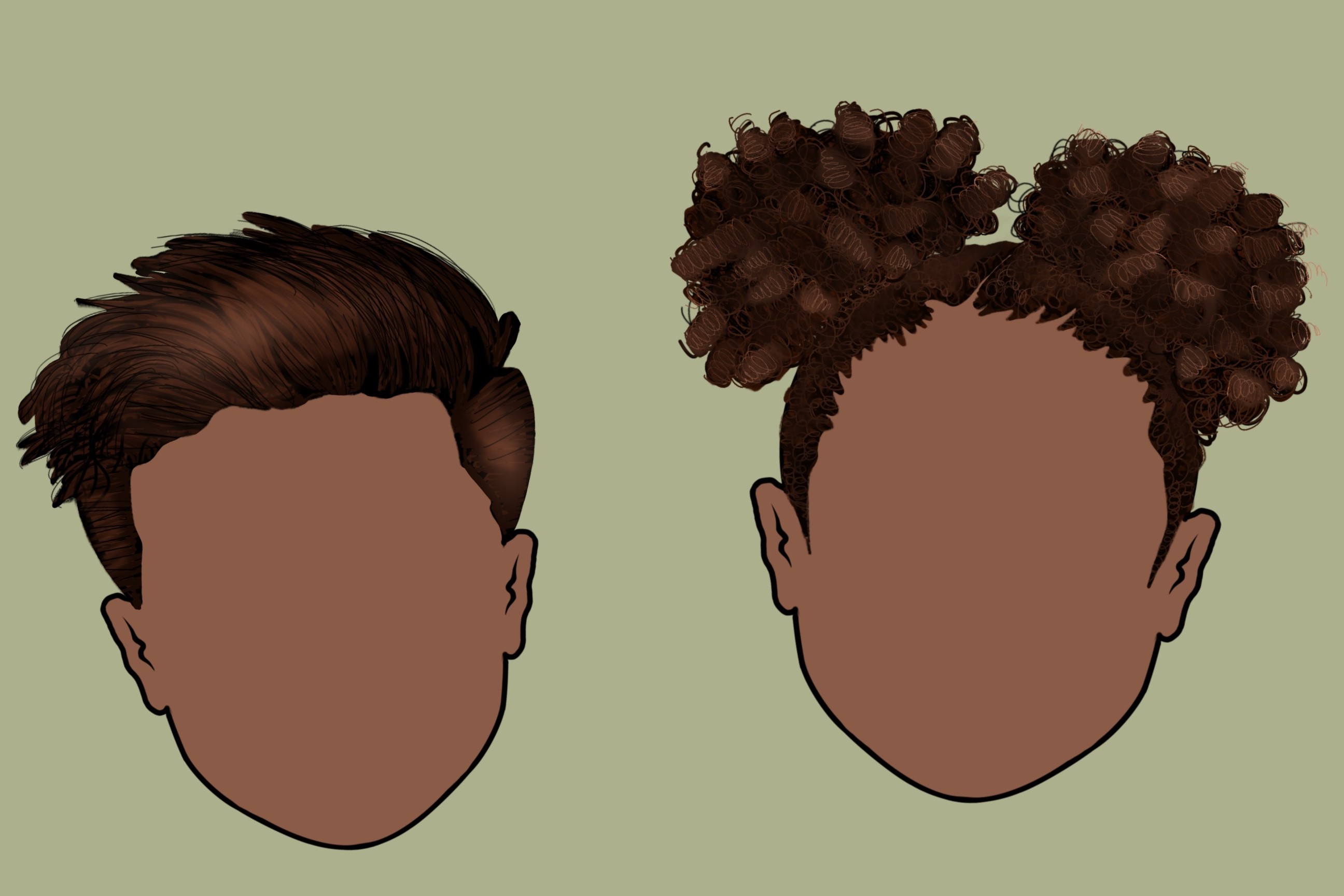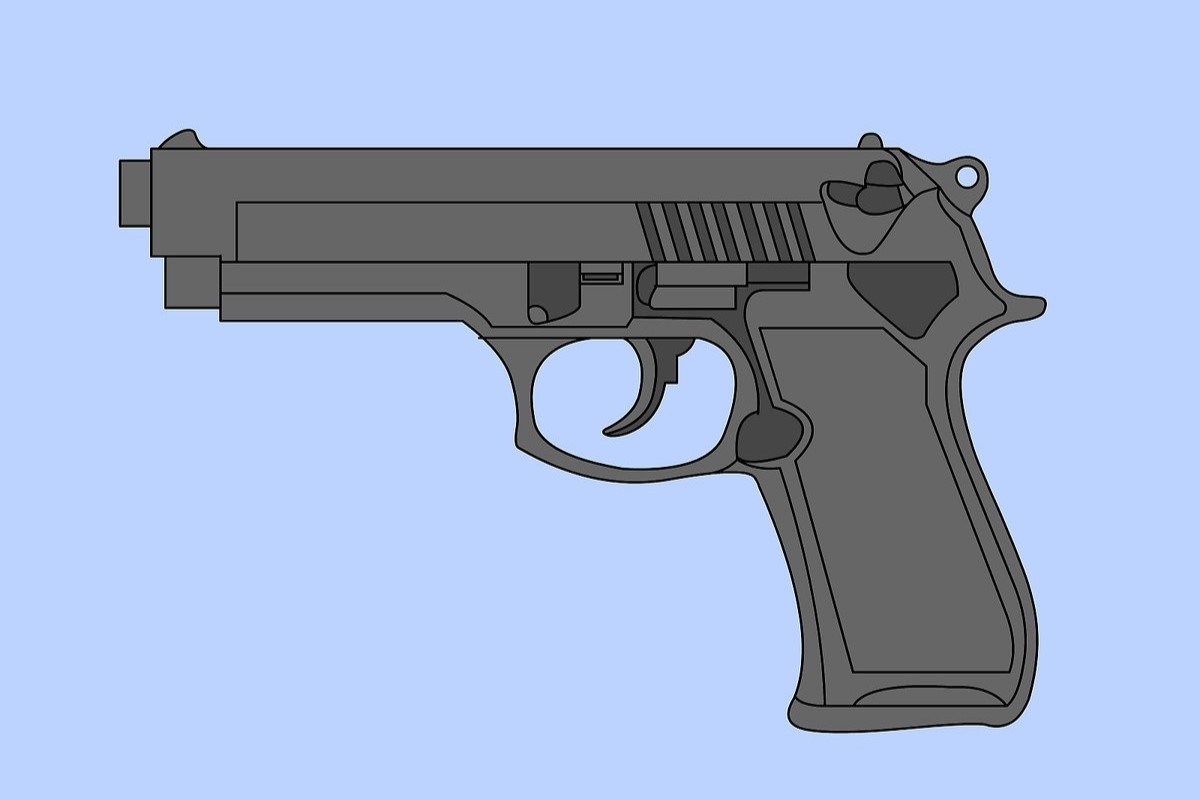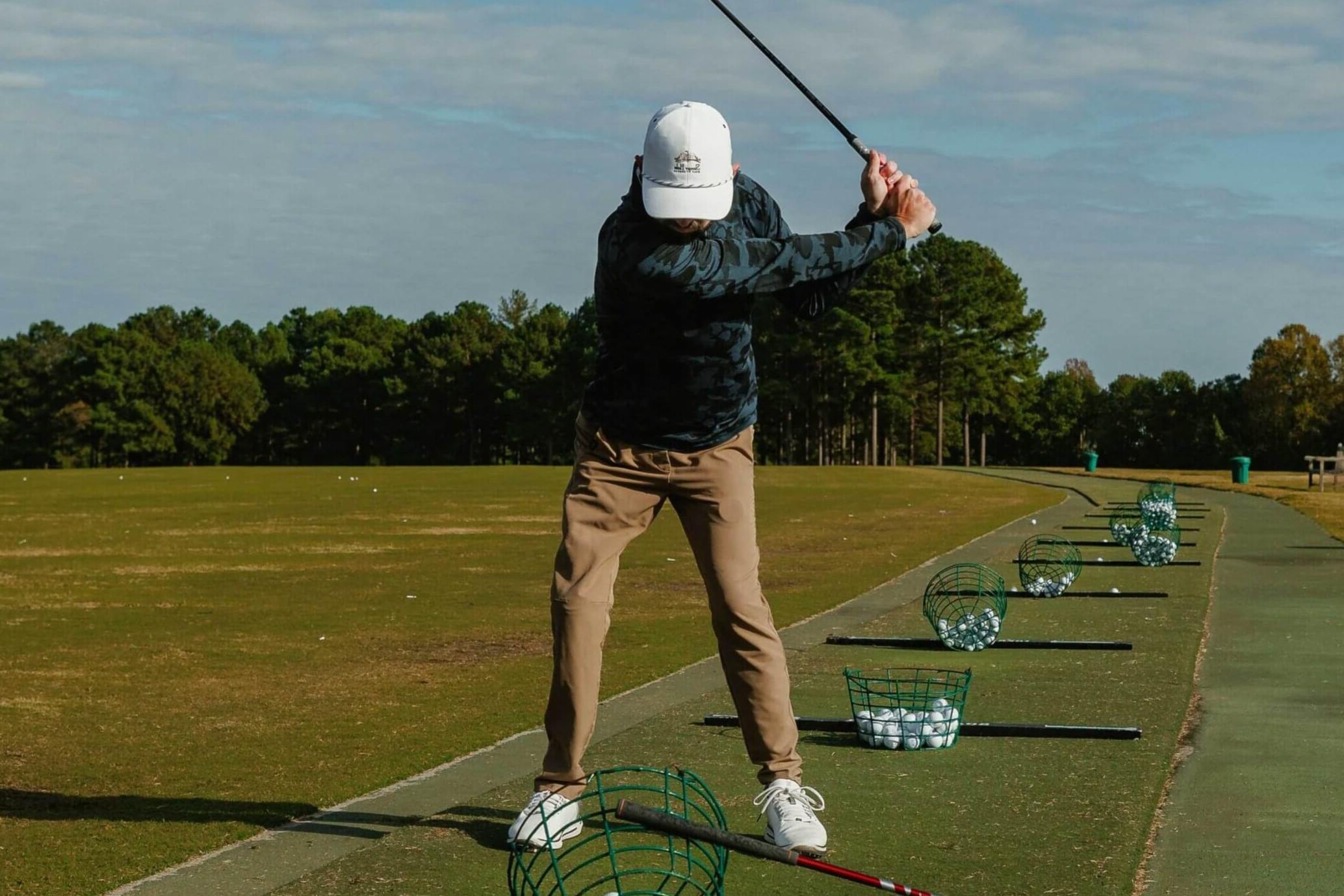

Sports
How To Hit A Draw
Published: March 2, 2024
Learn how to hit a draw in your sports game with our expert tips and techniques. Improve your performance and take your game to the next level.
(Many of the links in this article redirect to a specific reviewed product. Your purchase of these products through affiliate links helps to generate commission for Noodls.com, at no extra cost. Learn more)
Table of Contents
Introduction
Hitting a draw in golf is a skill that many players aspire to master. It's a shot that starts to the right of the target and gently curves back to the left for right-handed golfers (opposite for left-handed golfers). The draw is not only visually appealing but can also provide added distance and control, making it a valuable tool in a golfer's arsenal.
Mastering the draw shot requires a combination of technique, understanding, and practice. It's a shot that can be particularly useful when navigating dogleg holes or when trying to reach a distant pin tucked behind a hazard. By learning how to hit a draw, golfers can expand their shot-making capabilities and gain confidence on the course.
In this comprehensive guide, we will delve into the intricacies of hitting a draw in golf. From understanding the draw to adjusting your setup, changing your swing path, and using the right club, we will cover all the essential aspects of executing this coveted shot. Additionally, we will explore effective practice drills to help you hone your skills and develop a reliable draw shot.
Whether you're a seasoned golfer looking to refine your draw technique or a beginner eager to add a new dimension to your game, this guide is designed to provide valuable insights and practical tips to elevate your golfing experience. So, grab your clubs, head to the range, and let's embark on this journey to unlock the secrets of hitting a draw in golf.
Read more: How To Hit A Driver
Understanding the Draw
The draw shot in golf is a coveted skill that can significantly enhance a player's performance on the course. Understanding the mechanics and principles behind the draw is crucial for mastering this shot. A draw is characterized by a gentle right-to-left ball flight for right-handed golfers (left-to-right for left-handed golfers), and it is achieved through a combination of clubface orientation, swing path, and spin.
When hitting a draw, the clubface is slightly closed in relation to the swing path at the point of impact. This means that the clubface is angled slightly to the left of the target for right-handed golfers, imparting a counterclockwise spin on the ball. The initial aim is to the right of the target, and as the ball takes flight, the spin causes it to curve back towards the target, creating the characteristic draw shape.
To better understand the draw, it's essential to grasp the concept of the swing path. In the case of a draw, the swing path should be slightly inside-to-outside, meaning the club approaches the ball from inside the target line and then moves outward through impact. This swing path, combined with the closed clubface, imparts the desired spin on the ball, resulting in the gentle draw trajectory.
Furthermore, understanding the role of body alignment and stance in relation to the target line is crucial. Proper alignment and stance adjustments can influence the swing path and clubface orientation, facilitating the execution of a successful draw shot.
In summary, the draw is a result of a closed clubface, an inside-to-outside swing path, and the resulting counterclockwise spin on the ball. Mastering the understanding of these fundamental elements is the first step towards effectively incorporating the draw into your golfing repertoire. With a solid grasp of the mechanics behind the draw, golfers can proceed to make the necessary adjustments to their setup and swing to execute this impressive shot with confidence and precision.
Adjusting Your Setup
Adjusting your setup is a fundamental aspect of preparing to hit a draw in golf. Proper setup lays the foundation for executing the shot with precision and consistency. When aiming to hit a draw, making specific adjustments to your setup can significantly influence the club's path and the orientation of the clubface at impact, key factors in achieving the desired ball flight.
Alignment and Stance
First and foremost, consider your alignment and stance in relation to the target. To set up for a draw, adjust your alignment slightly to the right of the target (for right-handed golfers), aiming to start the ball to the right of the target line. This alignment accounts for the intended right-to-left ball flight, allowing room for the gentle draw trajectory to bring the ball back towards the target.
In addition to alignment, your stance plays a crucial role in facilitating the swing path conducive to hitting a draw. Position your feet, hips, and shoulders slightly closed in relation to the target line. This adjustment promotes an inside-to-outside swing path, which is instrumental in generating the desired draw spin on the ball.
Ball Position and Grip
Next, consider the positioning of the golf ball in your stance. For hitting a draw, slightly forward of the center position is recommended. Placing the ball slightly ahead in your stance encourages a more upward angle of attack, promoting a shallower impact and facilitating the desired inside-to-outside club path.
Furthermore, pay attention to your grip. A slightly stronger grip, where both hands are rotated to the right on the handle (for right-handed golfers), can help promote a closed clubface at impact, contributing to the draw-producing ball flight. This adjustment influences the clubface orientation, aligning it with the desired closed position to impart the necessary spin for the draw.
Read more: How To Draw A Shoe
Body Position and Weight Distribution
Lastly, consider your overall body position and weight distribution. Position your body with a subtle tilt away from the target, with slightly more weight favoring your right side (for right-handed golfers). This setup promotes a sweeping motion through impact, facilitating the inside-to-outside swing path conducive to hitting a draw.
By making these adjustments to your setup, you can effectively influence the club's path, the orientation of the clubface, and the angle of attack, all of which are critical in executing a successful draw shot. Mastering the art of adjusting your setup for a draw empowers you to approach the ball with confidence, knowing that your foundation is primed to produce the desired right-to-left ball flight.
Changing Your Swing Path
Altering your swing path is a pivotal element in mastering the art of hitting a draw in golf. The swing path directly influences the direction in which the clubhead travels through impact, ultimately determining the ball's flight pattern. When aiming to hit a draw, making deliberate adjustments to your swing path is essential for achieving the desired inside-to-outside motion that promotes the gentle right-to-left ball flight characteristic of a draw shot.
To initiate the process of changing your swing path, focus on the takeaway and backswing. As you commence the backswing, strive to maintain a slightly more rounded motion, allowing the club to track slightly to the inside. This initial move sets the stage for the ideal inside approach to the ball, a crucial component for generating the draw-inducing club path.
As the backswing transitions into the downswing, concentrate on initiating the movement with your lower body while maintaining a smooth and connected sequence. This lower body engagement facilitates the desired inside-to-outside swing path, guiding the clubhead along a path that promotes the intended right-to-left ball flight.
Furthermore, emphasize the sensation of swinging along the intended inside-to-outside path, visualizing the clubhead tracing a path that starts from inside the target line and moves outward through impact. This mental imagery can help ingrain the proper swing path into your muscle memory, fostering a consistent and reliable execution of the draw shot.
Incorporating drills and exercises specifically designed to reinforce the inside-to-outside swing path can be immensely beneficial. Utilize alignment aids, such as alignment sticks or visual markers, to create a visual reference for the desired swing path. Practicing with these aids can help develop a heightened sense of the correct club path, leading to improved ball flight control and shot shaping capabilities.
Additionally, seeking guidance from a qualified golf professional can provide valuable insights and personalized instruction to refine your swing path for hitting a draw. A professional instructor can offer tailored feedback and targeted drills to help you internalize the adjustments necessary to consistently execute the draw shot with confidence.
By diligently focusing on changing your swing path to facilitate the inside-to-outside motion, you can cultivate the essential foundation for hitting a draw in golf. With dedicated practice and a keen emphasis on refining your swing path, you can harness the power of this coveted shot, adding a new dimension to your golf game and expanding your repertoire of shot-making skills.
Using the Right Club
Selecting the appropriate club is a critical factor in executing a successful draw shot in golf. The choice of club directly impacts the trajectory, distance, and control of the ball, all of which are essential considerations when aiming to hit a draw. By understanding how different clubs influence the draw shot and making informed decisions based on the specific requirements of the shot, golfers can optimize their chances of achieving the desired right-to-left ball flight.
When contemplating the selection of the right club for hitting a draw, it's imperative to assess the distance to the target and the prevailing course conditions. In situations where a draw is warranted to navigate a dogleg or to position the ball advantageously on the fairway, the choice of club becomes pivotal. Typically, using a club with more loft, such as a fairway wood or a hybrid, can facilitate a more pronounced draw due to the increased backspin generated by these clubs. The additional backspin promotes a higher ball flight and a steeper descent angle, factors that contribute to the ball's ability to hold its line and curve effectively.
Furthermore, considering the prevailing wind conditions is essential when selecting the right club for a draw shot. In the presence of a crosswind or a headwind, opting for a club that allows for a lower, penetrating ball flight can aid in overcoming the wind resistance and maintaining control over the draw trajectory. In such scenarios, a long iron or a lower lofted hybrid may be preferable, as these clubs can produce a flatter ball flight that is less susceptible to wind interference, enabling the draw to hold its intended path.
In addition to distance and wind considerations, the golfer's comfort and proficiency with a particular club should also factor into the decision-making process. Confidence in one's ability to execute the draw shot with a specific club is paramount, as it directly influences the swing tempo, impact dynamics, and overall shot execution. Selecting a club that aligns with the golfer's comfort level and proficiency can instill a sense of assurance and composure, essential elements for delivering a well-struck draw under pressure.
Ultimately, the right club for hitting a draw is contingent on a combination of factors, including distance, course conditions, wind dynamics, and the golfer's confidence and proficiency. By carefully evaluating these factors and making informed club selections, golfers can optimize their ability to execute the draw shot with precision and consistency, unlocking the full potential of this valuable shot-making skill.
Practice Drills
Mastering the art of hitting a draw in golf demands dedicated practice and focused drills designed to hone the necessary skills. By incorporating targeted practice drills into your training regimen, you can systematically develop the technique, consistency, and confidence required to execute the draw shot with precision on the course. Here are several effective practice drills to elevate your draw game:
Read more: How To Draw A Squirrel
Alignment Stick Drill
Utilize a pair of alignment sticks or golf clubs to create a visual guide for refining your swing path. Position one alignment stick parallel to the target line, representing the intended ball flight path. Place the second alignment stick diagonally across your stance, pointing slightly to the right (for right-handed golfers), indicating the inside-to-outside swing path. Practice hitting shots while ensuring that your clubhead follows the path delineated by the alignment sticks, ingraining the proper swing path for generating a draw.
Impact Tape Assessment
Apply impact tape to the clubface and hit shots with the objective of producing a centered strike. Analyze the tape after each shot to assess the clubface orientation at impact. For a draw, aim to consistently strike the ball with the clubface slightly closed, indicative of the desired draw-inducing spin. This drill provides visual feedback on clubface alignment and encourages adjustments to achieve the ideal impact position for generating the desired ball flight.
Shot Shaping Challenge
Engage in a shot shaping challenge on the practice range to refine your ability to execute draws under varying conditions. Set specific targets at different distances and experiment with hitting draws using different clubs. Incorporate elements such as simulated wind conditions or strategic course scenarios to simulate real-game challenges. This drill fosters adaptability and enhances your capacity to execute draws with different clubs and distances, preparing you for on-course situations that demand precise shot shaping.
Controlled Fade to Draw Transition
Practice transitioning from a controlled fade to a draw to expand your shot-making versatility. Begin by hitting controlled fade shots, deliberately curving the ball from left to right. Then, seamlessly transition to hitting draws, adjusting your setup and swing to produce the opposite ball flight. This drill not only refines your ability to hit draws but also cultivates a deeper understanding of clubface manipulation and swing adjustments, empowering you to confidently execute a diverse range of shot shapes.
Read more: How To Draw A Pumpkin
Visualization and Repetition
Engage in visualization exercises to reinforce the mental aspect of hitting draws. Close your eyes and vividly visualize the entire process of setting up for a draw, executing the swing with the intended inside-to-outside path, and witnessing the ball gently curve back towards the target. Pair this mental imagery with repetitive practice swings, ingraining the sensation and muscle memory associated with hitting draws. This combined approach enhances your mental focus and physical execution, leading to heightened proficiency in hitting draws under pressure.
By integrating these practice drills into your training routine, you can systematically enhance your ability to hit draws with confidence and precision. Consistent and deliberate practice, coupled with a strategic focus on refining the essential elements of the draw shot, will empower you to elevate your game and approach each round with the proficiency to execute this coveted shot-making skill.
Conclusion
Mastering the art of hitting a draw in golf is a journey that encompasses a blend of technical proficiency, strategic decision-making, and dedicated practice. Throughout this comprehensive guide, we have delved into the intricacies of executing a draw shot, from understanding the fundamental principles to making targeted adjustments and refining the necessary skills. As golfers, the pursuit of adding the draw shot to our repertoire is a testament to our commitment to continuous improvement and the quest for versatile shot-making capabilities.
By comprehensively understanding the draw, including the interplay of clubface orientation, swing path, and spin, golfers can lay the groundwork for executing this coveted shot with confidence. The nuanced adjustments to setup, alignment, stance, and grip are pivotal in shaping the foundation for a successful draw, influencing the club's path and the orientation of the clubface at impact. Furthermore, the deliberate focus on changing the swing path to facilitate the inside-to-outside motion is instrumental in cultivating the essential mechanics for generating the desired right-to-left ball flight.
The selection of the right club emerges as a strategic consideration, with factors such as distance, course conditions, and wind dynamics influencing the choice. By making informed club selections and aligning them with individual comfort and proficiency, golfers can optimize their ability to execute the draw shot with precision and consistency, harnessing the full potential of this valuable shot-making skill.
Additionally, the incorporation of targeted practice drills serves as a catalyst for skill development, fostering the refinement of technique, consistency, and adaptability. From alignment stick drills to impact tape assessments and shot shaping challenges, these drills provide a structured framework for honing the skills necessary to execute draws under varying conditions, preparing golfers for the demands of real-game scenarios.
As we conclude this guide, it is evident that the pursuit of mastering the draw shot in golf is a testament to the enduring allure of the game and the unyielding quest for improvement. By embracing the principles and techniques outlined in this guide and committing to deliberate practice, golfers can elevate their game, expand their shot-making capabilities, and approach each round with the confidence to execute draws with precision and finesse. The draw shot, with its graceful right-to-left trajectory, stands as a testament to the artistry and skill inherent in the game of golf, and by embarking on the journey to master this shot, golfers enrich their golfing experience and unlock new dimensions of play.
In the pursuit of the draw shot lies the embodiment of the golfer's relentless pursuit of excellence, and as we continue to refine our skills and expand our repertoire, we embrace the enduring spirit of the game, where every shot is an opportunity for mastery and every round is a canvas for the art of shot-making.






